Unlocking the Power of Small Electric Water Pumps: Your Ultimate Guide to Efficient Water Solutions
The demand for efficient water management solutions is rapidly increasing, driven by factors such as urbanization and the need for sustainable practices in various industries. In particular, the small electric water pump has emerged as a pivotal tool in optimizing water usage across residential, agricultural, and industrial sectors. According to a report by Grand View Research, the global small electric water pump market is projected to grow at a CAGR of 6.5% from 2022 to 2030, reflecting the rising preference for energy-efficient and reliable water pumping technologies. This growth is largely attributed to the versatility, ease of installation, and cost-effectiveness of small electric water pumps, which make them ideal for a myriad of applications including irrigation, aquaculture, and general household use. As we delve into the potential of these pumps, we will uncover the best practices and innovations shaping the future of efficient water solutions.

Understanding the Basics of Small Electric Water Pumps: Key Features and Specifications
Small electric water pumps are increasingly recognized for their efficiency and versatility in various applications, ranging from private pools to agricultural irrigation. The North American centrifugal pump market is projected to grow from $3.94 billion in 2025 to $4.74 billion by 2032, reflecting a compound annual growth rate (CAGR) of 2.69%. This statistic underscores a significant upward trend in the adoption of electric water pumps, driven by their energy efficiency and lower operational costs.
More broadly, the smart and intelligent pump market is estimated at $1.72 billion in 2025, with a projected CAGR of 7.5% through 2034. The rise of smart technology in water management systems showcases a growing shift towards automated solutions that not only enhance user convenience but also ensure optimal performance through real-time monitoring and control. Traditional applications, including personal swimming pools, benefit immensely from these innovations, as smaller pumps equipped with advanced features can significantly extend usability and convenience. The integration of brushless direct current (BLDC) motors addresses pressing needs for energy savings and emissions reductions, further making small electric water pumps a vital component in contemporary water management solutions.
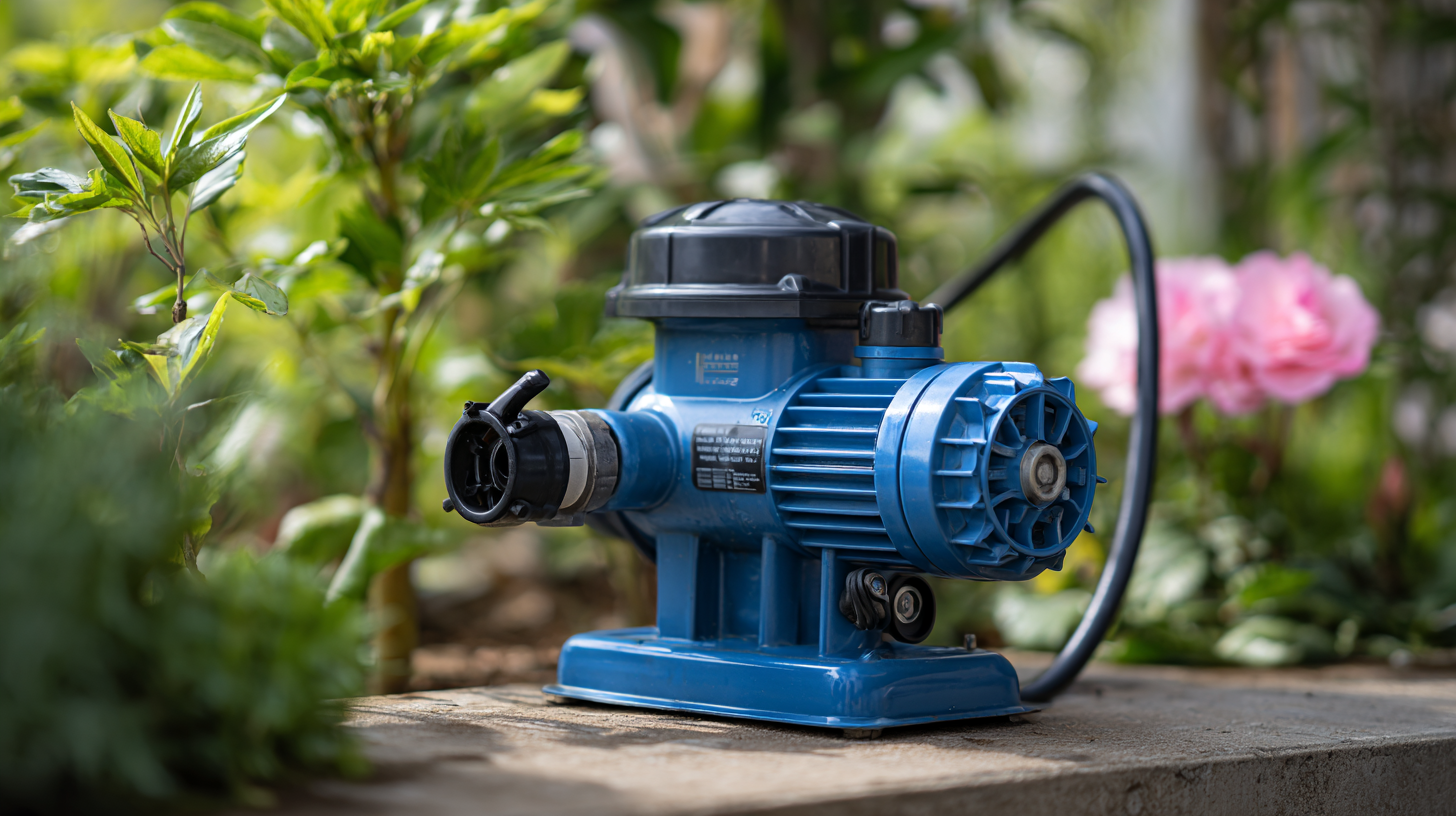
Evaluating Efficiency: How to Choose the Right Pump for Your Water Needs
Choosing the right small electric water pump is crucial for optimizing efficiency and meeting your specific water needs. When selecting a pump, consider the flow rate and pressure required for your tasks. A pump's flow rate, measured in gallons per minute (GPM), should align with your usage—whether it’s for gardening, household chores, or filling a pool. Additionally, consider the head height, which refers to the vertical distance the pump can move water.
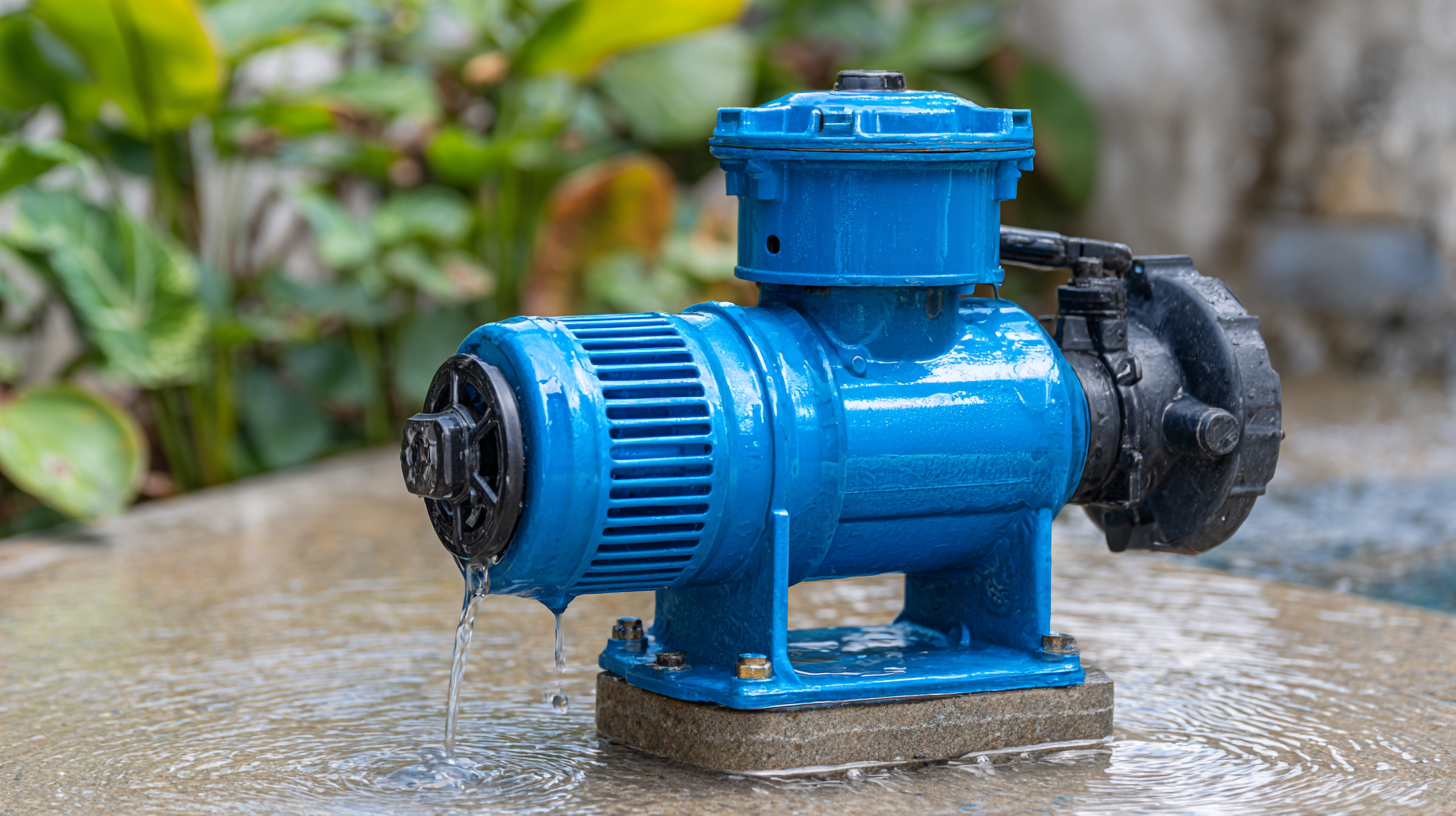
Tips for Selecting the Right Pump:
1. Assess your needs carefully—understand the volume of water you need to move and calculate how quickly you want it done.
2. Look for energy-efficient models that save electricity while providing adequate performance, ultimately reducing operating costs over time.
3. Read customer reviews and seek recommendations to ensure you choose a reliable and durable pump.
Another critical aspect is the pump's compatibility with your water source and the environment it will operate in. Consider factors such as the type of water being pumped—clean, dirty, or corrosive—as this will influence the material and design of the pump you should choose.
Exploring Applications: Common Uses of Small Electric Water Pumps in Various Industries
Small electric water pumps have become essential tools across various industries, thanks to their versatility and efficiency. These pumps find applications in agriculture for irrigation systems, in construction for dewatering, and even in residential settings for water supply and management. As reported, the global market for non-evaporative suction pumps is estimated to grow from $76.4 million in 2022 to an impressive $107.2 million by 2030, reflecting a compound annual growth rate of 4.43% from 2023 to 2030. This growth highlights the increasing reliance on efficient water solutions in diverse applications.
Tips for utilizing small electric water pumps effectively include assessing your specific needs before purchasing one, as the pump’s size and capacity should match your application. Additionally, regular maintenance is crucial to prolong the lifespan of the pump and ensure optimal performance. Be mindful of the pump's energy consumption to maintain efficiency and reduce operational costs.
Small electric water pumps are ideal for aquaculture, where they help maintain water quality and circulation. In industrial settings, they are utilized for transferring fluids and managing water levels. The adaptability of these pumps makes them a vital component in achieving effective water management solutions across industries.
Maintenance Matters: Essential Tips to Ensure Longevity and Performance of Your Pump
Proper maintenance of small electric water pumps is crucial for ensuring their longevity and optimal performance. According to a report by the Water Equipment and Policy Center, regular maintenance can extend the lifespan of these pumps by up to 30%. Simple practices such as checking seals, ensuring that the motor is clean, and inspecting for signs of wear can significantly reduce the risk of breakdowns. In fact, neglecting these routine checks can result in an average repair cost that exceeds three times the price of a new pump.
In addition to regular inspections, keeping the pump's environment clean is fundamental. Dust and debris can accumulate and hinder the pump's efficiency, leading to increased energy consumption. The U.S. Department of Energy reports that efficient water pumps can save consumers over 20% on energy costs when compared to poorly maintained models. Furthermore, using the correct lubricants and replacing filters or strainers as recommended can enhance the performance of the pump and mitigate potential failures. Implementing these essential maintenance tips not only improves the pump's operation but also contributes to sustainable water management practices.
Unlocking the Power of Small Electric Water Pumps: Your Ultimate Guide to Efficient Water Solutions - Maintenance Matters: Essential Tips to Ensure Longevity and Performance of Your Pump
| Pump Type | Max Flow Rate (GPM) | Max Head (Feet) | Power Consumption (W) | Typical Applications | Maintenance Tips |
|---|---|---|---|---|---|
| Submersible Pump | 20 | 30 | 750 | Dewatering, Flood Control | Check seals and impeller regularly |
| Centrifugal Pump | 15 | 40 | 500 | Irrigation, Garden Fountains | Clean filter and check for clogs |
| Diaphragm Pump | 10 | 25 | 300 | Chemical Transfer, Waste Water | Inspect diaphragm for wear |
| Gear Pump | 8 | 20 | 600 | Fuel Dispensing, Lubrication | Lubricate gears periodically |
| Peristaltic Pump | 5 | 15 | 200 | Lab Applications, Food Industry | Replace tubing as needed |
Cost Considerations: Analyzing Purchase Price vs. Energy Consumption for Optimal Savings
When considering the purchase of small electric water pumps, it's vital to analyze both the upfront costs and the long-term energy consumption to secure optimal savings. Initially, a buyer may be drawn in by the lower price tag of a pump, but this can be misleading without considering the efficiency and consumption rate of the device. Energy-efficient pumps might have a higher purchase price but can significantly reduce electricity bills over time, resulting in a favorable overall investment.
Another crucial point is the impact of pump efficiency on performance and maintenance costs. A pump that operates with lower energy consumption not only contributes to cost savings but may also have a longer lifespan, minimizing the need for replacements and repairs. Understanding the energy ratings and operational expenses associated with different models allows consumers to make informed decisions that balance initial expenditure with ongoing operational costs, ultimately leading to a sustainable and economically advantageous choice.
Cost Considerations: Analyzing Purchase Price vs. Energy Consumption
Related Posts
-
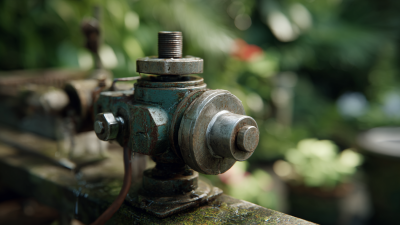
Understanding the Essential Role of Small Water Pumps in Everyday Life and Gardening
-

Innovative Uses of Small Water Pumps in Modern Agriculture Boosting Efficiency and Sustainability
-
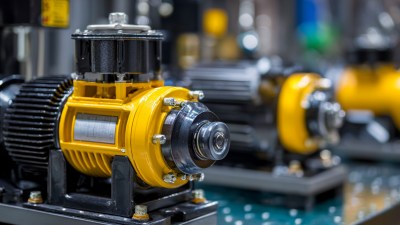
Unlocking Opportunities in Submersible Well Pump Market at the 2025 China Import and Export Fair
-
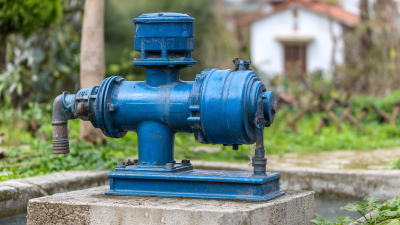
Maximizing Efficiency: Choosing the Best Deep Well Water Pump for Your Needs
-
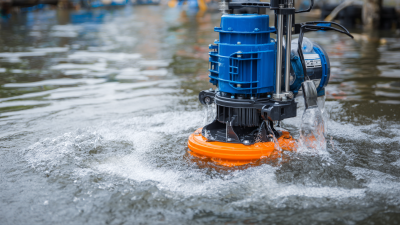
Exploring Market Trends for Submersible Dirty Water Pumps at the 138th China Import and Export Fair 2025
-

Top 5 Drainage Pumps for Efficient Water Removal: A Comprehensive Buyer’s Guide
